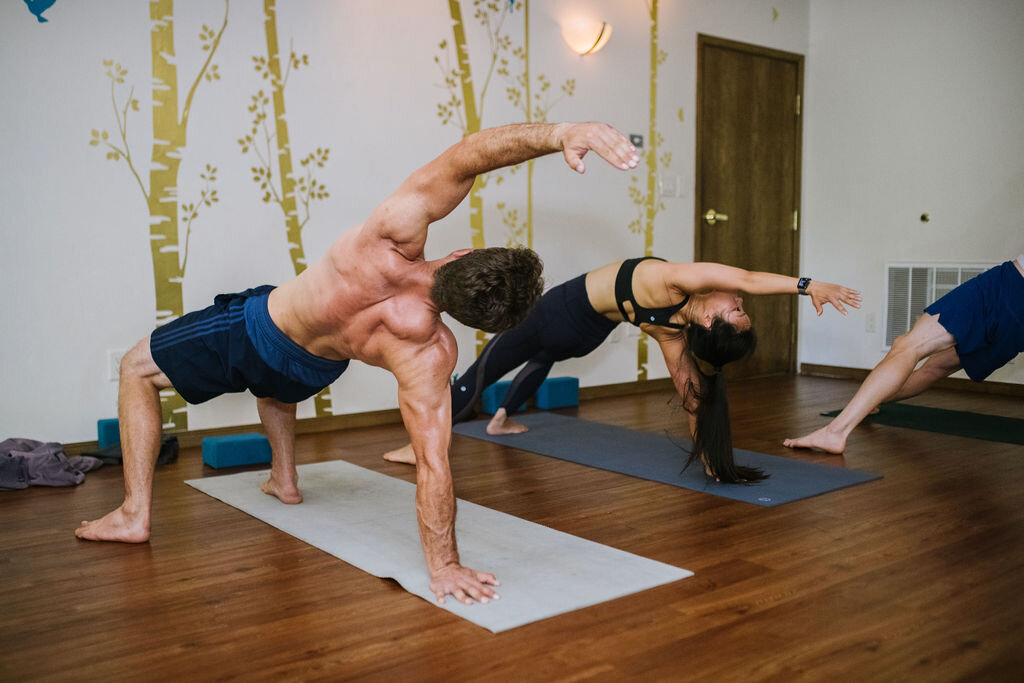
While plenty of pros pick up and move elsewhere either temporarily or permanently, few of us non-elites would be able to just for the sake of a PR. Training at altitude seems pretty positive, and for those of us lucky enough to live at higher elevations, it makes running at or below sea level feel way easier. So what are altitude training classes and are they legit? So if you’re vacationing in Colorado and can only get one or two runs in, they’ll still feel pretty damn hard since your body won’t be acclimated to the altitude yet. Your muscles can recover faster after a workout, too.īut here’s the catch: It takes anywhere from 21 to 60 days for all of this to occur, Buchanan says. And more oxygen means that your muscles can convert glycogen-or stored carbs-into energy faster and more efficiently, meaning you can run farther and faster without it feeling so hard or hitting the wall. Translation: More red blood cells and blood vessels means that your body can deliver more oxygen from your lungs to your muscles and the rest of your body in this type of high-altitude environment. Additionally, a process called angiogenesis occurs, which is the formation of new blood vessels, she says. So what exactly happens to your body when you’re running that high up? Because there’s less oxygen in the air, the hormone erythropoietin (or EPO) in your body increases, which is responsible for producing more red blood cells, according to Buchanan. Research backs this up: A study published in the Journal of Applied Physiology found that 2,000 to 2,500 meters (6,561 feet to 8,202 feet) above sea level is ideal for training. “Things like muscle loss can occur, so it stops being performance- enhancing.” “As you go up, it can become detrimental if you are doing a lot of training,” she says. But Buchanan says that you’ll get the most benefit out of training in moderate altitude, or 5,000 to 8,000 feet above sea level. Training in high altitude means you’re working out at an elevation that’s between 8,000 feet and 12,000 feet above sea level, according to the Cleveland Clinic.


We spoke with Christina Buchanan, Ph.D., director of high-altitude exercise physiology at Western Colorado University, to figure out if these classes are actually the same as getting out on the trails at 7,000 feet.

Thanks to the altitude training classes that have been popping up all over lately-some designed to simulate working out at up to 15,000 feet-runners at sea level can gain the same advantage as those living in the mountains. But if you don’t live-and therefore regularly run-somewhere that’s not located at high elevation, can you still reap the benefits? When elites like Kellyn Taylor-who trains in Flagstaff, Arizona-and Emma Coburn-who trains in Crested Butte, Colorado-work out at elevations around 6,000 to 8,000 feet above sea level, then you know that training at altitude can offer some serious performance benefits.


 0 kommentar(er)
0 kommentar(er)
